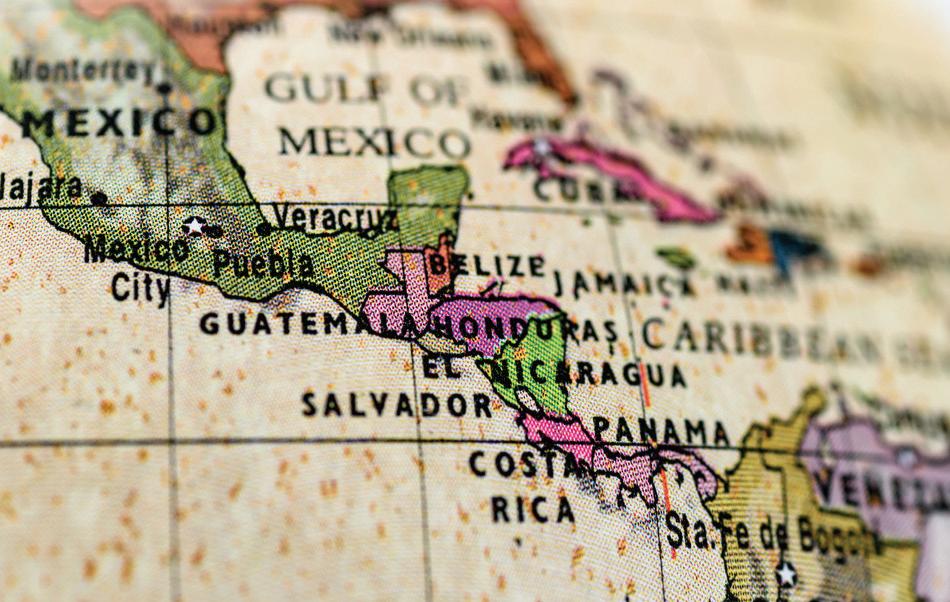
2 minute read
LATIN AMERICA AUGUST 2023
By Royce Lowe
Who’s Listening?
The Wall Street Journal reported in early June that the Communist government of Cuba had secretly agreed to allow China to set up an electronic-spying facility in the country. After both American and Cuban officials had denied this story, the White House came out a couple of days later to admit that a base had existed for some time. This is not the first time that China has been reported to have military or security footholds in the region. It has several ground stations in Latin
America, also believed to have spying purposes. A space observatory with opaque activities in Argentina is run by the Chinese army. Cuba and China have denied the media reports, and they didn’t stop Antony Blinken from visiting China.
There’s really nothing new here, and there’s not much the U.S. doesn’t know about it. There is no violation of international law, and the U.S. is thought to have similar sites in countries around the world, including
Japan, South Korea, Taiwan, and Australia. In short, it’s just something else for the U.S. and China to bitch at each other about.
The real issue here is the annual goods trade between China and Latin America, which rose to $445bn in 2021 from a mere $12bn in 2000. China is a big source of cash for the region, and between 2005 and 2021, according to The Economist, Chinese state-owned banks loaned $139bn to Latin American governments. China has invested billions of dollars in the region, mostly in energy and mining. Furthermore, some 21 countries in Latin America and the Caribbean have signed up for China’s Belt and Road Initiative, the massive global infrastructure project. Some countries are switching to the yuan for trade.
Do certain commercial projects cause concern? For example, those in telecoms or energy? A Chinese state-owned power company recently agreed to purchase two Peruvian power suppliers, giving China a nearmonopoly over the country’s energy grid. China is constructing a mega port near Lima in Peru. Would this be switched to military purposes, or would it be used to transport ores back to China? There’s an agreement between the governor of Tierra del Fuego, at South America’s southernmost tip, and a Chinese petrochemicals group to build a port, power station, and chemical plant, at a cost of $1.2bn, and this is being challenged by Argentina’s opposition.
But for the most part, Latin America’s leaders aren’t concerned about the Chinese actions. China seems to avoid provocation of the U.S. by looking more to South America than Central America and the Caribbean. In view of China’s ongoing need for minerals in the area, it is certain that its presence will continue to manifest itself and that ties will deepen.
The Outlook: The U.S. is not developing strong ties to Africa, Central America, or South America to counter the influence of China. China is systematically isolating the political and economic might of America in its 100 Year Marathon* to become the dominant world superpower. While the U.S. is distracted with playing checkers, China is playing chess.
The Hundred-Year Marathon: China’s Secret Strategy to Replace America as the Global Superpower by Michael Pillsbury.
Author profile: Royce Lowe, Manufacturing Talk Radio, UK and EU International Correspondent, Contributing Writer, Manufacturing Outlook. n










